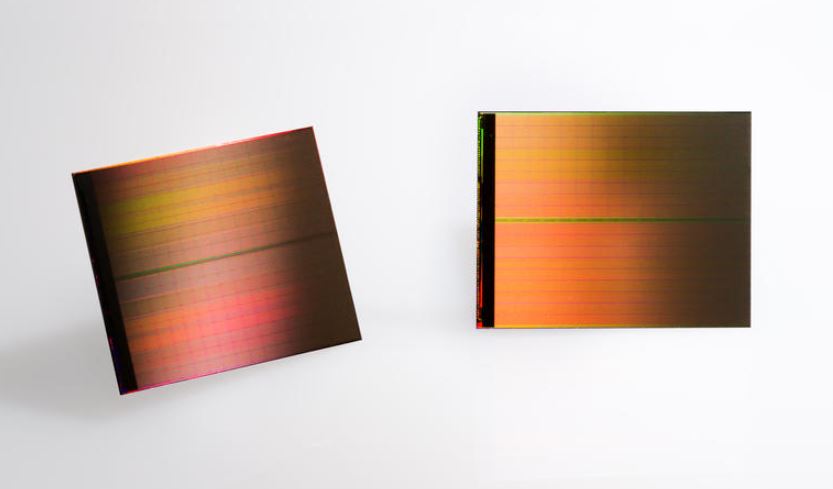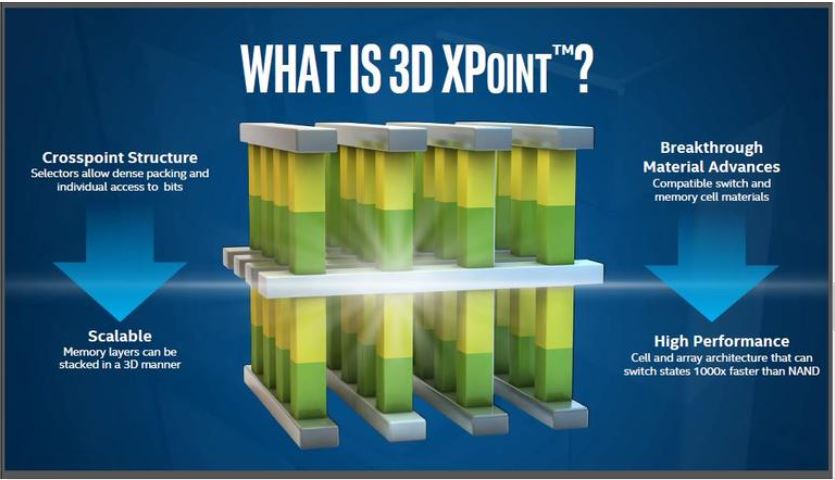Intel 3D Xpoint Memory is 1,000 Times Faster Than SSDs, Biggest Breakthrough Since 1989


Short Bytes : 3D Xpoint Memory, created by Intel and Micron, is claimed to be 1000 times faster than modern SSDs. It could be used to replace both a computer’s RAM and its SSD. Intel 3D Xpoint Memory has more endurance compared to its competitors and it’s already in production.
This new class of memory can be used both as non-volatile as well as system memory. Intel 3D Xpoint Memory can be used to replace both a computer’s SSD and its RAM. These new memory chips could be used to increase the performance of basically all devices- cell phones, laptops, supercomputers– and everything.
Intel and Micron are claiming that 3D Xpoint Memory is a major breakthrough in the storage technology since the advent of NAND in 1989. Companies claim it to have higher endurance than existing NAND flash memory along with the speed. 3D Xpoint Memory is about 10 times denser- so more data could be stored in the space, making this storage solution affordable and energy efficient.
The new Intel 3D Xpoint Memory uses Xpoint memory cells, instead of the traditional transistors to make up the core of the memory. It changes the properties to have a high or low electrical resistance, which indicates 1’s and 0’s respectively. As the name suggests, the memory cells are stacked in a 3D cross pattern and allows each cell to be accessed individually for writing purposes. By this individual reporting, Intel 3D Xpoint Memory can last 100s of times longer before breakage and perform 1000 times faster.
Intel hopes that these chips would initially help in speeding up big data machines. Intel 3D Xpoint Memory is already in production, though it’s uncertain when it’ll be available for PCs.
Did you find this news about Intel 3D Xpoint Memory interesting? Tell us in comments below.
Also Read: Intel and Toshiba Make 3D SSD With 10TB Capacity at Lower Prices
For more updates and interesting stories from fossBytes, subscribe to our newsletter. [newsletter_signup_form id=1]







